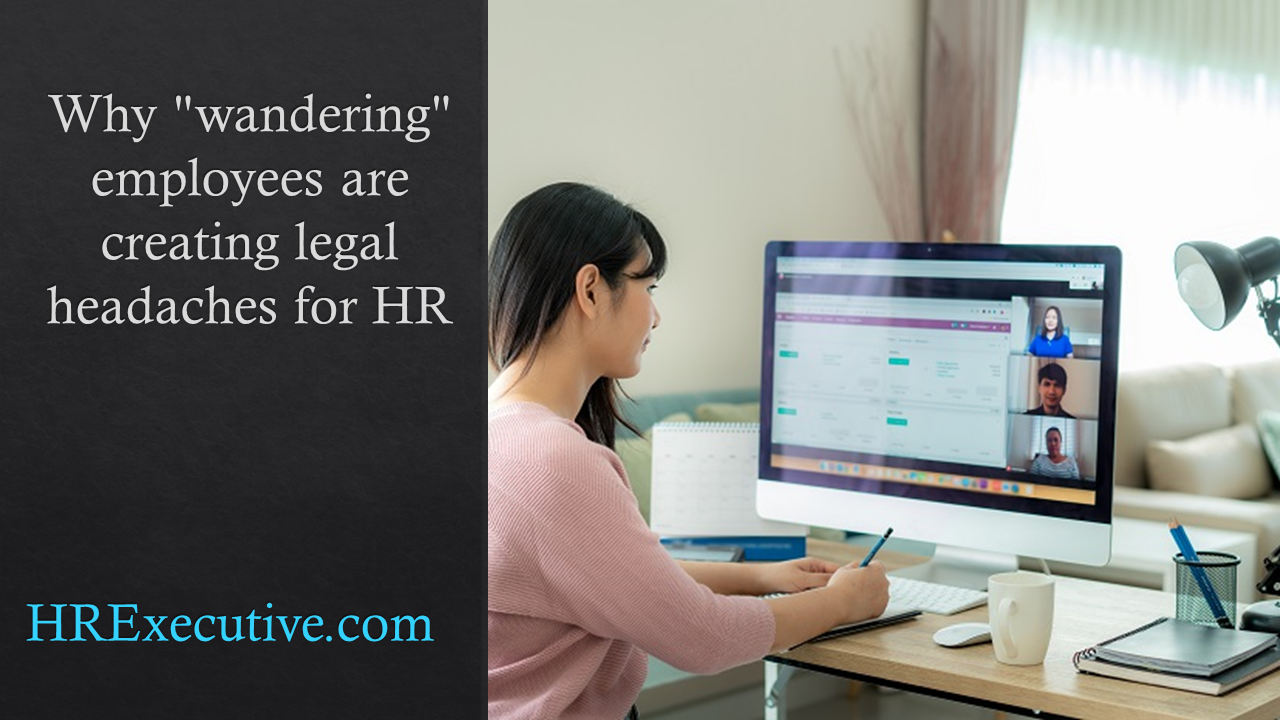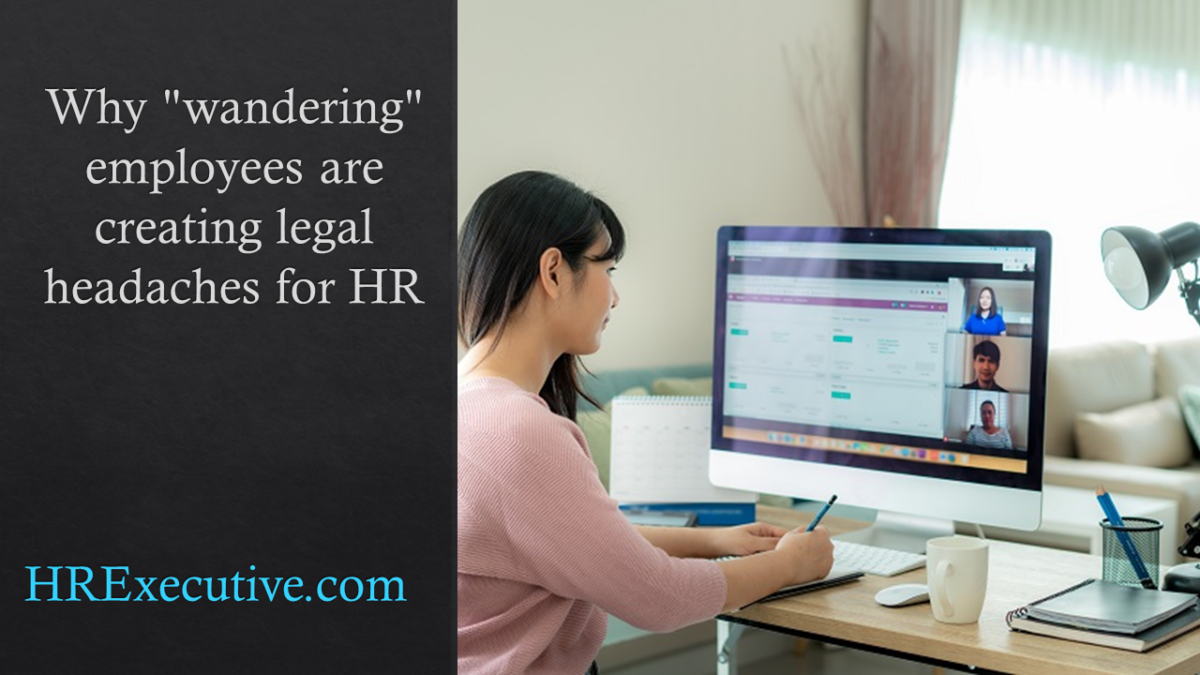Vaccines are rolling out across the globe in waves, slowly replacing waves of lockdown and case counts. Restrictions are lifting ever so slowly, people are wondering what’s next and businesses are planning our emergence from the crisis of COVID-19. Emergence from any crisis is the perfect opportunity to accelerate growth and change business for the better. Technology is a key factor in that acceleration, but we need to think about this opportunity in the right way.
Do you remember the panic before Y2K? We thought the world would shut down at the stroke of midnight. We hoarded, planned, prepared for an array of potential scenarios—and then nothing happened. As much as we painted idealistic pictures of Workforce 2020 and the Future of Work, we have spent the last 20 years talking about going virtual, remote, mobile, digital and more—but we didn’t actually pull the trigger. When given the choice, we tend to choose to remain stagnant and status quo. When we have no choice, we realize what we’re capable of changing, often wondering why we didn’t make positive change sooner.
Organizations that emerge stronger from this worldwide crisis will realize they have to unlearn the way they’ve always done almost everything. Active and intentional unlearning is essential for adaptation and for accelerating growth.
Here’s what agile, growth-minded organizations are realizing in the Now of Work:
- Design with humans in mind. Treat people like people. Check in with your employees instead of checking up on them. Enable them for success instead of monitoring their every move. And make sure you’re designing with a workforce-first model, considering what your employees need instead of what HR practitioners want.
- Play offense and defense at the same time. This means keeping the lights on while you transform, keeping the shop open during a remodel. It can be tough to get excited about radical change while you’re still doing your work, but these changes should exhilarate you at the same time.
- Accelerate. It’s the right time to take risks. Don’t get stuck in analysis paralysis. Use this time to ask where you want to truly excel and where it’s OK to be just OK.
Transformation as a Business Accelerant
To accomplish these steps and accelerate growth, you absolutely need to develop trust among your leaders and employees. Companies need executive alignment on organizational purpose, and that needs to be cascaded through the organization and foundational to every business strategy and measurement of outcomes. Consistency around purpose also serves to create transparency and build trust—truly foundational to driving sustained transformation.
Trust and empathy don’t just happen. You have to design a workplace that allows trust and empathy to develop. Your journeys and processes need to support that trust and empathy. Let’s take annual employee evaluations as one example. Do evaluations, usually driven by HR, actually push trust into the organization? Many employees dread these reviews, and they certainly don’t engender trust. So, get rid of them. You must deconstruct any processes not built on trust and empathy and design them in a way that does.
We simply cannot afford to let compassion and empathy go away when we all get back to work post-pandemic. But they will go away if we go back to what we were doing before. In fact, I shudder when I hear “back to work.” We’ve been working all along, just differently. There’s nothing to go back to; there’s just how we work now. Even using “post-pandemic” as a line in the sand for how things looked then and how they’ll look after is misleading; change and transformation happen on a continuum. The global health pandemic was a catapult on that continuum, but there’s no invisible line we’ll cross when this is all over. Change your mindset to embrace change, transformation and acceleration as normal habits desirable for business. A culture of innovation and transformation will welcome opportunities to leverage change as a business and people accelerator.
The Humanity of Technology
 Infusing trust, compassion and empathy into the workforce requires new approaches. It’s not about checking up on people and asking them once a year if they are engaged. Trust is built through daily conversations and how you present things to people. Our managers come to work as humans, wanting to be great leaders. But we make them inhumane and ineffective when we ask them to follow senseless processes that don’t actually help employees. We need to give them the tools to become better leaders.
Infusing trust, compassion and empathy into the workforce requires new approaches. It’s not about checking up on people and asking them once a year if they are engaged. Trust is built through daily conversations and how you present things to people. Our managers come to work as humans, wanting to be great leaders. But we make them inhumane and ineffective when we ask them to follow senseless processes that don’t actually help employees. We need to give them the tools to become better leaders.
At Leapgen, we talk about designing for the empty chair, and the empty chair is not only the employee—it’s also the leader. To design for the empty chair, organizations can use digital experience to collect the right data in the right places and for the right reasons. If you just tell your employees to input data on a dashboard, they won’t do it unless they think it will improve their work experience. They need to believe information will be used to their benefit, to improve their experience, to help them. And that is the goal. The right data will allow you to personalize, drive experiences, and help managers and leaders.
See also: 5 tech tools to power HR through the pandemic
Clearly, we cannot rely on technology alone. We have the best technology we’ve ever had, but we still implement modules instead of deploying strategies. Our goal shouldn’t be a “go-live” on a piece of technology. Our goal is to deploy a strategy. A “go-live” should be a “go-begin.” The technology exists to support and fuel strategy, to optimize and improve a journey, to produce an outcome. Think of it that way.
It’s up to humans to leverage technology to build more resilient, humane organizations. Data can be leveraged as both input and output. The all-important data produced by technology in the hands of empowered people will help us create and continuously improve better experiences. This is how we can leverage the greatest digital accelerant of our time—one that catapulted us on the transformation continuum—to drive people and business forward. This is our time, HR.
